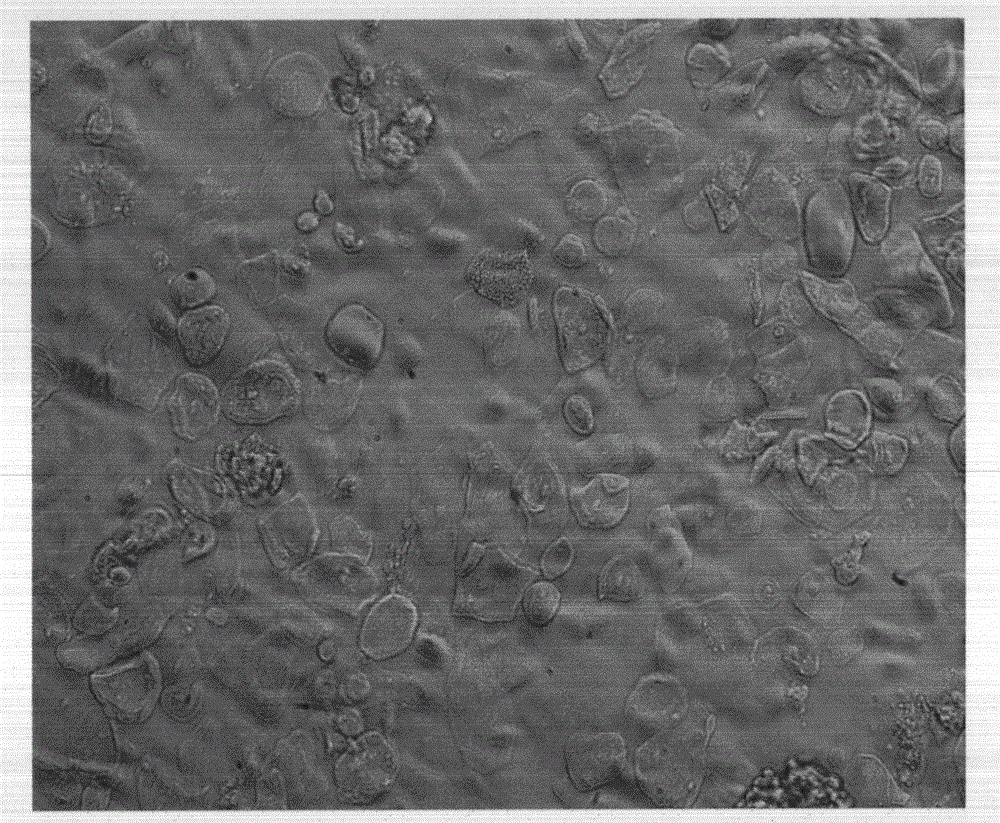Method for constructing neural tube defect cell models and cell bank thereof by introducing SV40LT and hTERT recombination genes
A technology for recombining genes and cell models, applied to cells modified by introducing foreign genetic material, recombinant DNA technology, libraries, etc., can solve problems such as inability to carry out research, and achieve the effect of long life
- Summary
- Abstract
- Description
- Claims
- Application Information
AI Technical Summary
Problems solved by technology
Method used
Image
Examples
Embodiment Construction
[0015] 1. Extraction of SV40LT and hTERT: (1) Enzyme digestion of SV40LT and hTERT: ① Enzyme digestion of SV40LT: buy SV40 freeze-dried powder or SV40 plasmid containing large T antigen gene from the market, dissolve in appropriate amount of H 2 In O or TE buffer, add 2uL 10× digestion buffer, 18uL H 2 O and restriction endonuclease BamH I (1-5U / ugDNA), incubate at 37°C for 1h, heat at 75°C for 15min, inactivate the enzyme, add 5uL electrophoresis loading buffer (also by adding 0.5mol / L EDTA) Stop the reaction and prepare for electrophoresis. ② Restriction digestion of hTERT: hTERT is located between the EcoRI and Sal I sites of the plasmid pClneo-hTERT, and the multiple cloning site (MCS) of the pLXSNneo vector contains EcoRI and XhoI restriction sites. Purchase the pCIneo-hTERT plasmid from the market and dissolve it in an appropriate amount of ultra-clean H 2 In O or TE buffer, add 2uL 10× digestion buffer and 18uL H 2O, add 0.5ul each of restriction endonuclease EcoR I ...
PUM
 Login to View More
Login to View More Abstract
Description
Claims
Application Information
 Login to View More
Login to View More - R&D
- Intellectual Property
- Life Sciences
- Materials
- Tech Scout
- Unparalleled Data Quality
- Higher Quality Content
- 60% Fewer Hallucinations
Browse by: Latest US Patents, China's latest patents, Technical Efficacy Thesaurus, Application Domain, Technology Topic, Popular Technical Reports.
© 2025 PatSnap. All rights reserved.Legal|Privacy policy|Modern Slavery Act Transparency Statement|Sitemap|About US| Contact US: help@patsnap.com

